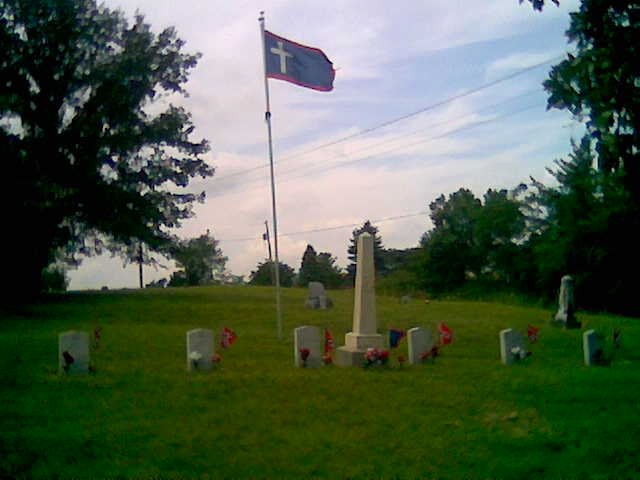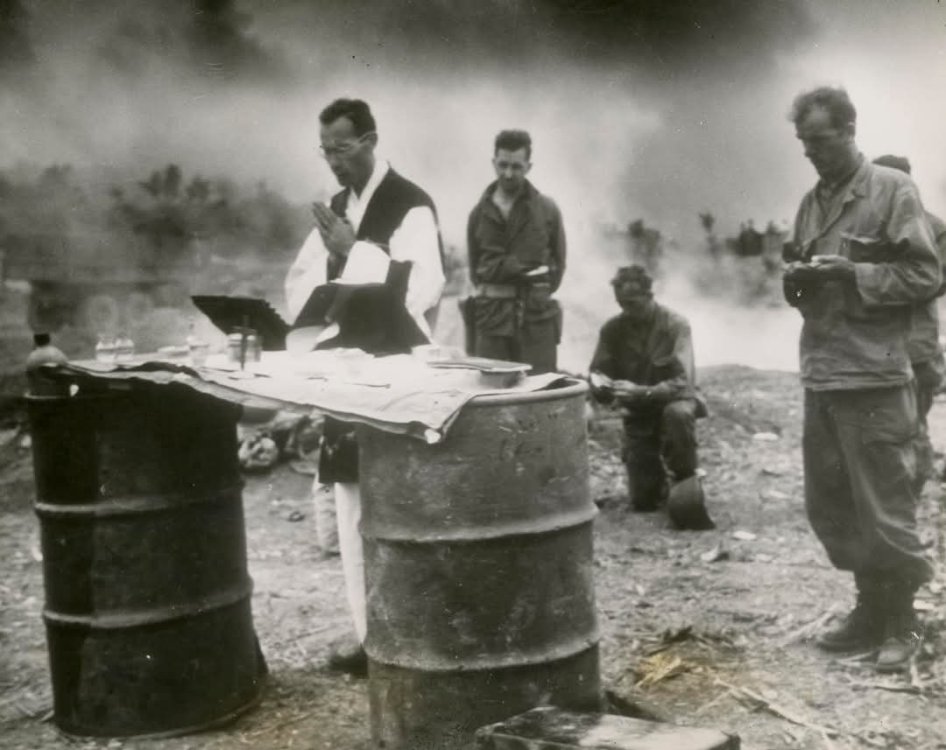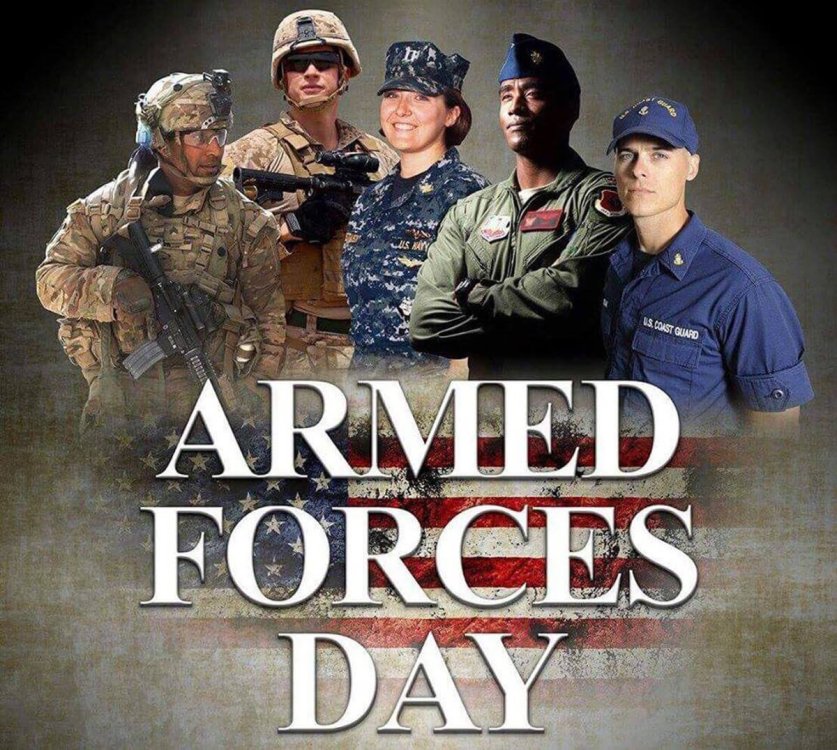-
Posts
53,530 -
Joined
-
Last visited
-
Days Won
632
Content Type
Profiles
Forums
Events
Posts posted by Subdeacon Joe
-
-
-
Oh....that second link gets a 404 error.
-
Thanks. I was brought up around guns, we went out plinking a couple of times a month. Some of my earliest memories are of being prone on a canvas tarp, single shot .22 on a sandbag, and Dad next to me, coaching me and doing the actual aiming while letting me think I was doing it. I can still see him drawing what the sight picture should be in the dirt.
-
 5
5
-
-
1 hour ago, Father Kit Cool Gun Garth said:
Here is why..
That abstract leaves out what I consider the biggest reason, the general bias against revolvers. It does hint at it. The "OMYGAWD!!!! YOU NEED A SEMI AUTO AN 18 MAGAZINES AT A MINIMUM!!!!" attitude in the industry.
Sure, there are outliers where you need scores of shots, but USDOJ says that the average is 3 shots when any shots are fired. So, which do you plan for? The 1 in 20,000 and load up like you're going on a long range patrol? Or something around the average in the very unlikely case where you may need to draw your weapon? The industry pushes the "all you can carry plus 10%" view.
-
 2
2
-
 1
1
-
-
I've been on a few where it was strongly encouraged. It's not like barging in and loudly proclaiming your heritage, deeds of daring-do, and your general superiority. More like posting your CV on a bulletin board. People are free to read it or ignore it. Just like any other forum/thread. Just like these fora, there are several that I've never opened.
They can be useful. Old timers will sometimes give tips on the Customs and Courtesies of the place, especially the unwritten ones that a newbie might unknowingly transgress
-
-
-
-
....men get in trouble for following the instructions of a woman
https://www.instagram.com/reel/DFImGYQJq0z/?igsh=MzRlODBiNWFlZA==
(He had been told to put the pot of water on the eggs)
-
 2
2
-
-
-
-
-
Cop tells how to fend off Gorl Scouts
https://www.instagram.com/reel/DHes4aUyC1J/?igsh=MzRlODBiNWFlZA==
-
-
-
-
Battlefield Burial — 21 July 1945 — Amid the smoke of battle on the island of Ie Shima, a U.S. chaplain conducts services over the graves of Americans who fell while clearing the Japanese off the island near Okinawa in the Pacific. Two fuel drums serve as an altar.
Coast Guard photo through Rome OWI--Approved by appropriate military authority, Ie Shima (today know as Iejima) Okinawa, Japan. 21 July 1945 — from the original Coast Guard caption.
https://www.ww2online.org/image/chaplain-conducts-battlefield-burial-ie-shima-island-japan-1945
-
 1
1
-
 2
2
-
-
-
My dad's oldest brother was about 22 years older than him, so he had a nephew only 2 years younger than he was, which meant that my cousin was almost my dad's age.
On another note, my wife and I are cousins. 6th cousins, granted, but still cousins. Share 5th-great grandfather.
-
 1
1
-
-
Army pack train bringing supplies.
Variant title from the New York clipper, May 19, 1906: Army of pack train bringing supplies
Summary
The first segment shows a series of loaded mule trains, guided by mules and horses. Many soldiers ride two-to-a-horse (or mule), possibly to facilitate quick unloading of supplies. Note the "Rough Rider"-style hats worn by many of the men. The dusty location is unclear; if the tower in the right distance is St. Boniface Church, the view could be west on Golden Gate Avenue from Van Ness Avenue. The second scene (1:21 min.) shows what are probably the same mule trains passing through an unburnt neighborhood. The row of Victorian homes, the distant slope, and the church on the hill suggest a possible view east on Geary Street from near Webster Street. If the location is correct, the supplies could be headed for the Hamilton Park refugee camp or for the Presidio supply center. Pack trains such as this were the quickest and most efficient method of transporting large amounts of supplies through the hilly and rubble-filled streets west of the docks.
https://www.loc.gov/item/00694429/
Launch of Japanese man-of-war "Chitose"
Variant title from Edison motion pictures, 1890-1900: Launching of Japanese man-of-war "Chitose"
Variant title from MAVIS: Launch of the Japanese man-of-war "Chitosa"
Summary
Shows the launching of the Imperial Japanese Navy cruiser Chitose at the Union Iron Works shipyard, San Francisco, on Saturday, January 22, 1898. The camera view is east, across a small inlet of Central Basin, to slipway no. 1. Four additional slipways lay beyond to the west. The camera viewpoint is today called pier 68, part of Southwest Marine's facilities.
https://www.loc.gov/item/00694414/
-
 2
2
-
-
-
1 hour ago, Rye Miles #13621 said:
Okay that was really cool!🤠
Go to their YouTube channel, a bunch of cool stuff.
-
 3
3
-
-
Language warning....but funny as all get out!
-
 5
5
-
-







Bootheel
in SASS Wire Saloon
Posted